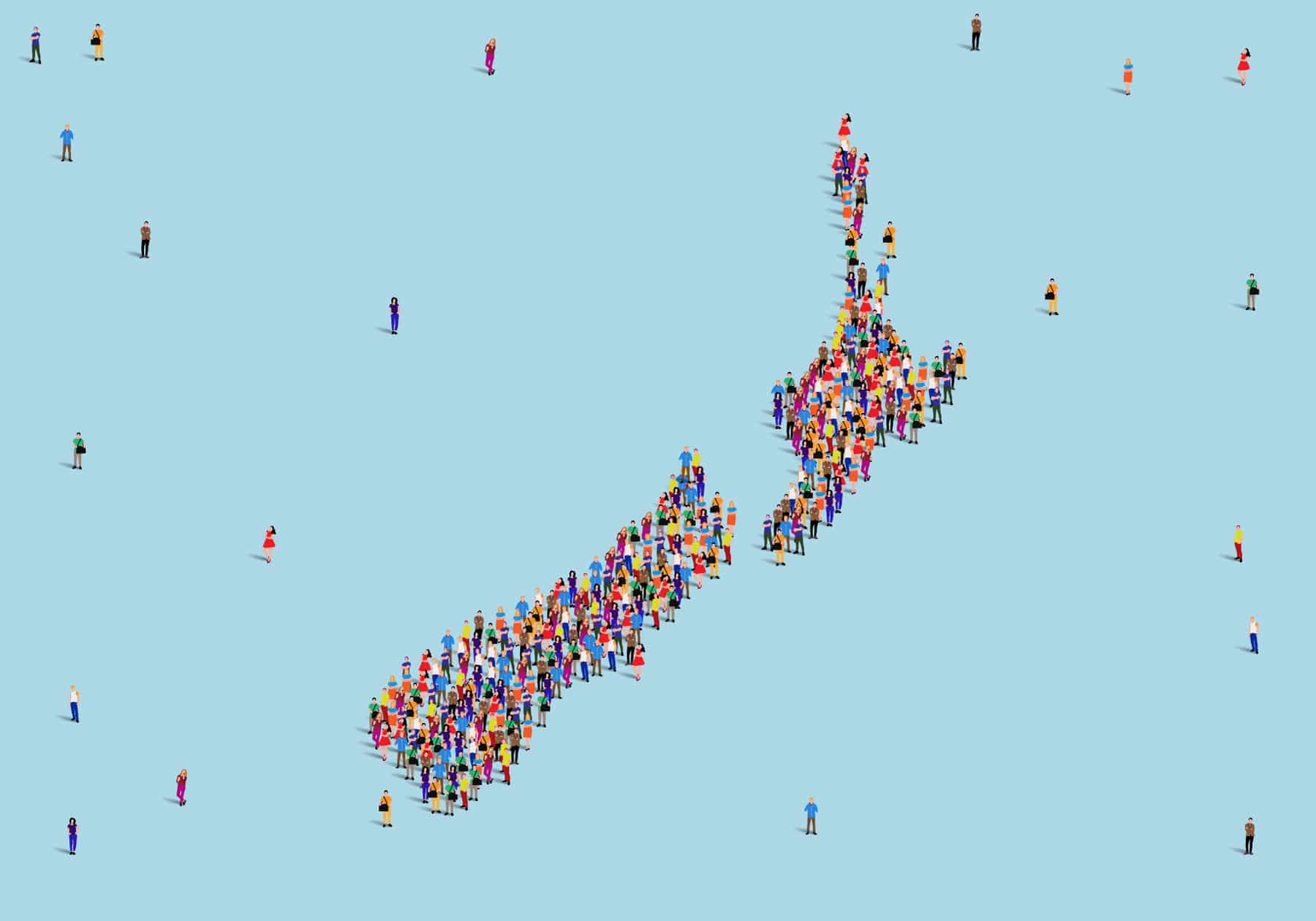Under Pressure: Long-Term Plan Season
Exploring the challenges facing New…
As councils across New Zealand navigate the 2024 Long Term Plans, we explore the severe economic pressures and policy changes impacting councils nationwide. With rising costs affecting everyone, the decisions made now will shape our communities for the future.

“Wellington, we have a problem.”
We’re in the thick of local government budget season, a crucial time that comes around every three years. As councils across New Zealand release their consultation documents for their 2024 Long Term Plans (LTP), it’s clear we are witnessing unprecedented challenges, marked by significant rate increases.
This year’s budget setting isn’t merely about balancing books; it’s a struggle for survival. Local governments are grappling with a convergence of economic pressures which include soaring inflation, increased insurance and interest costs, and frequent severe weather events. Add to this the complexities introduced by significant shifts in governmental policy direction which were set to change the fiscal environment of councils forever such as the controversial “three waters” reform. It’s clear why the stakes are higher than ever.
Since the onset of COVID-19, the inflationary wave has heightened costs, meaning communities across New Zealand now receive less for more. This fiscal pressure is reflected in the spiralling debt levels, where the cost to service debt now significantly impacts rate notices nationwide. For every additional dollar in rates levied, local governments can borrow between $2.5 to $3, enhancing their capacity to manage these pressures without jeopardising their credit ratings. And as a result, we are seeing a key part of the equation of rates going up to allow a local government to borrow more.
Who bears the brunt of these increases? Everyone. Building costs have surged, and so have development contributions. Just three years ago, funding rates from the Local Government Funding Association (LGFA) hovered in the 2-3% range. Today, they spike to over 6%, with forecasts settling in the mid-5% range for the duration of the current LTPs out for consultation.
As part of balancing the books, revenue streams are under stringent review, affecting everything from community hall and sports field fees to boat ramp charges. The question now is not if, but how much more residents can afford for the use of council facilities.
To fund the LTPs, councils will review the levers that they can use which include partnership funding, debt (borrowing) and rates. The paper released by a panel on the Future of Local Government “He piki tūranga, he piki kotuku” has suggested that central government needs to make a greater investment in local government which could be through transferring the GST collected on rates and additional funding to support local priorities, place-based agreements, and devolution of central government roles. But they are only recommendations and only time will tell whether the existing government will implement them.
We have seen a cycle of contestable central government funding dangled in front of local government. It has provided opportunities to support the funding stack in various communities, but has largely played out as reactive, inefficient, and driven by short term political objectives. The challenge for central government ahead is to put in place long term sustainable funding structures that go beyond a three-year cycle and leave a lasting legacy in our communities.
As these long-term plans shape up, they pose some of the toughest challenges yet for local government. The coming months will be telling, as community feedback shapes the final decisions.
Featured News Articles
Exploring the challenges facing New…
Join us in celebrating Mike…
Last week our team joined…
At the end of last…
Last week, our team embarked…
Last night we celebrated the…
For the past decade, Veros…
For the past decade Michelle…
Having worked on huge developments…
Hailing from the Waimea Plains…
The Veros Project Management team…
We are extremely pleased to…